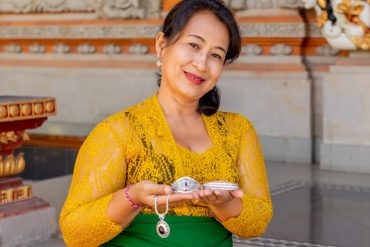The methods for making tapestries vary as widely as the regions from which they come. Because many traditional artisans adopt the methods of their ancestors, they have kept those ancient artforms alive and well. In the Andes, weavers often work on a wooden treadle loom in which they use foot pedals, called treadles, to control the weave of the tapestry. In Central America, the treadle loom and the backstrap loom are both integral to tapestry art. The backstrap loom is one of the oldest techniques which dates back thousands of years, in which one part of the loom is attached to the weaver and the other part is attached to a fixed object (historically, a tree). To create vibrant color, artisans embroider and dye their tapestries with natural plants and pigments. Around the world, weavers use tie-dye, Dabu (the application of wax or gum clay and resin to the cloth to create a diffuse color effect), Batik (an ancient method in which dye-resistant wax is applied to cloth to create select patterns of color), hand embroidery, and patchwork to create unique and diverse tapestry art.
More from Tiali Jamir
Do any women’s bracelets have particular cultural significance?
women’s bracelets carried immense cultural significance in ancient times and they still...
Read More

